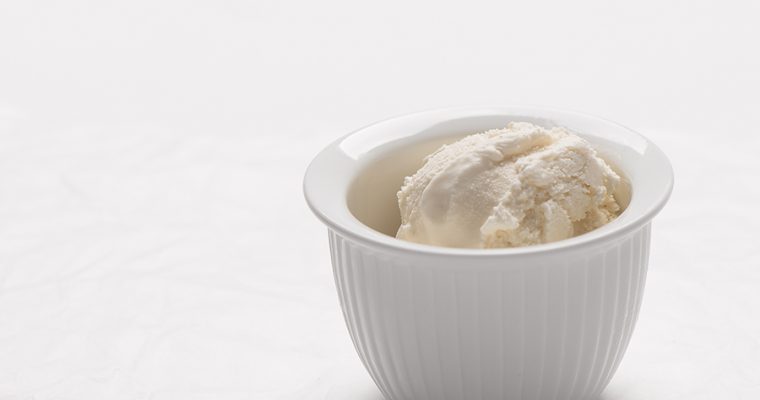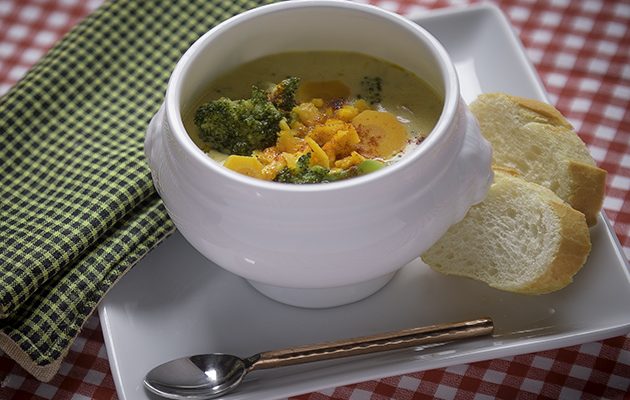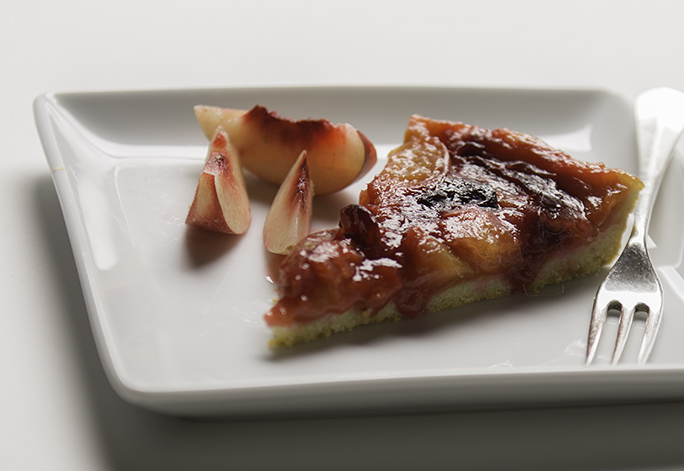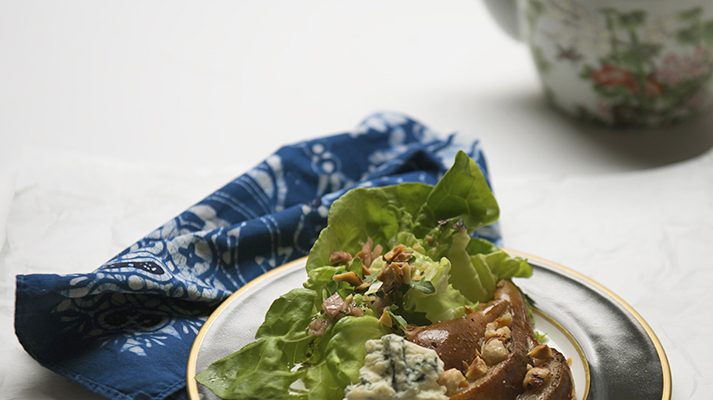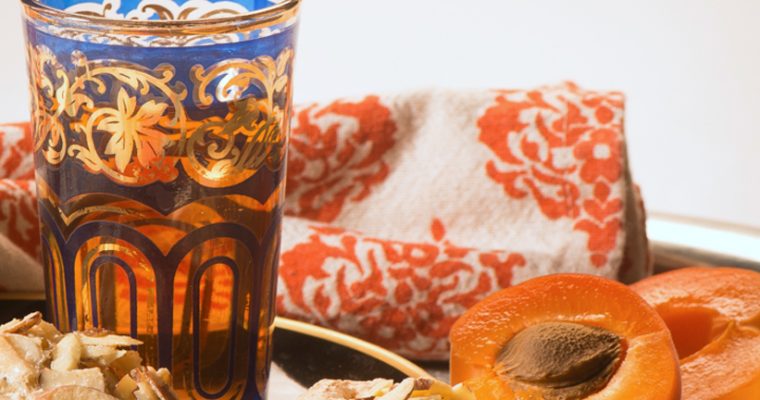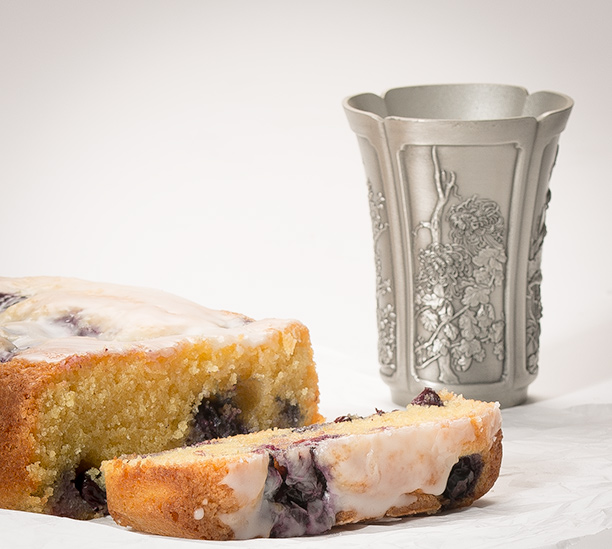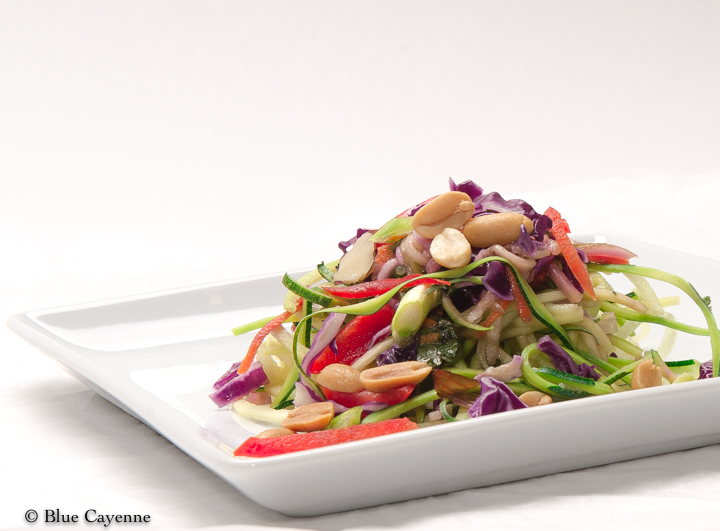Artichokes: Grilled and Smothered and Delicious
Anyone out there who doesn’t like artichokes? I don’t see any hands. I think artichokes are a bit like avocados. Even served simply without a whole lot of fuss, both vegetables generate a lot of buzz around the table. Carrots and celery certainly don’t get…
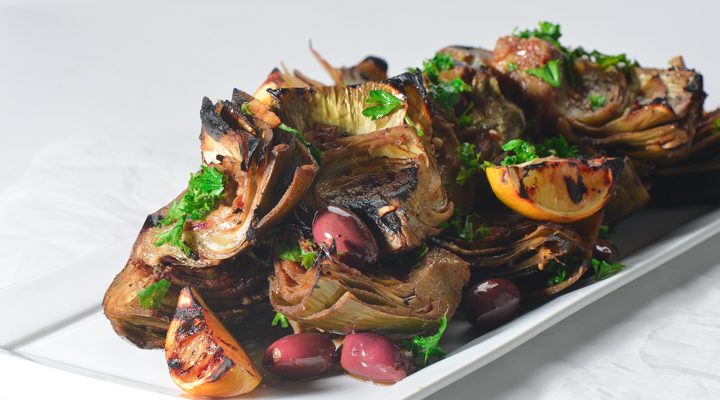

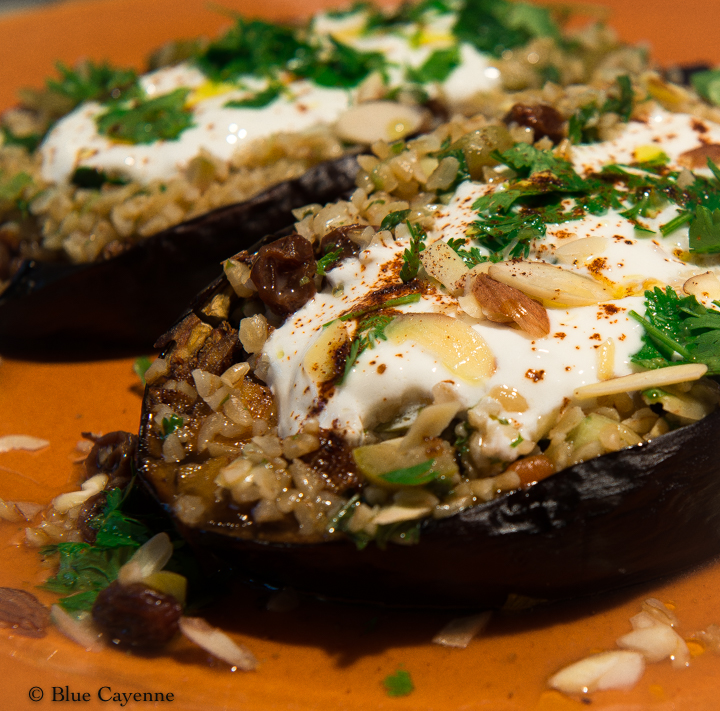

 Save Recipe
Save Recipe